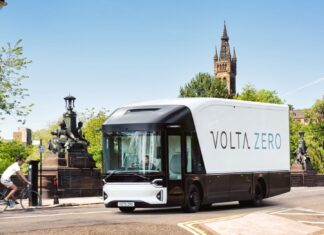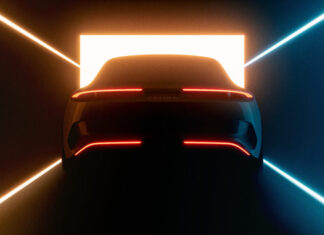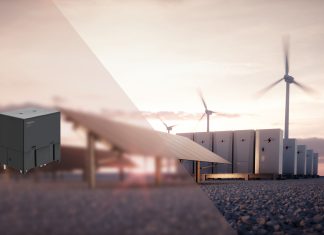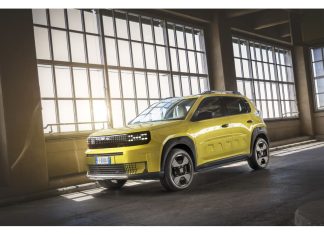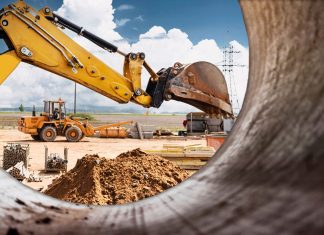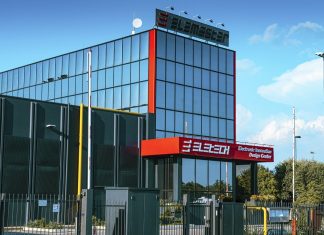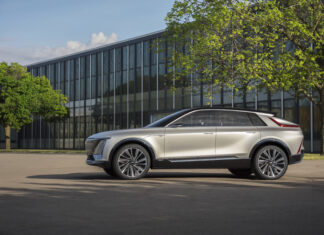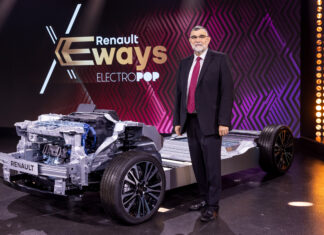First purpose-built full-electric 16-tonne commercial vehicle
Here we are. Swedish start-up Volta Trucks has unveiled the final design of its Volta Zero e, the world’s first purpose-built full-electric 16-tonne commercial vehicle, specifically created for inner-city logistics.
The unveiling of the Volta...
Ahera, the Italian top level electric, is coming
In the great turmoil of the electric market, a new brand is arriving in Italy. It is AHERA, specialized in the production of high-end electric cars. The first car to be launched will be...
UK: testing the first Zero-Emission Hydrogen-Electric heavy vehicle
The British startup HVS - Hydrogen Vehicle Systems has recently announced the development of the first heavy-duty vehicle powered by hydrogen and manufactured in the United Kingdom. In these days, they have invited fleet...
Drones for the transport from the airport to Rome
UrbanV, a startup supported by Aeroporti di Roma, Save (the Group of North-East airports), Bologna airports, and French Riviera ones, is designing a network of "vertiports". They are infrastructures for the take...
High capacity relay for ESS applications from Omron
Omron Electronic Components Europe has launched a new high-capacity DC relay aimed at high-capacity home energy storage systems (ESS), bi-directional chargers for electric vehicles, and UPS systems. With a maximum voltage of...
The electric Grande Panda is coming
The Grande Panda marks the brand's return to the B-segment, where FIAT has been top player for decades, with more than 23 million vehicles sold across Europe. Stellantis presents the car, built...
ABB, electrification of industrial mobility and marine propulsion
ABB has announced the acquisition of BrightLoop, a French innovator in advanced power electronics, to accelerate its strategy in the electrification of industrial mobility and marine propulsion.
BrightLoop...
Elemaster Group opens the new Eletech site to boost innovation
On 26 September 2025, the new Eletech headquarters in Osnago (LC) was officially inaugurated, marking an important milestone for the Elemaster Group.
Eletech, the lead company of the International Design Centres (IDCs) and R&D division...
Electric luxury: Cadillac into future mobility
Recently, there was the debut of show the LYRIQ car, a dynamic, modern and fully electric luxury crossover by GM.
The propulsion system and supporting technologies position Cadillac to be a leader in electrification, connectivity...
Renault, beyond innovation frontiers
Renault Group continues its electric race and it accelerates the strategy by proposing competitive, sustainable and popular electric vehicles, with the target of releasing the greenest mix in the European market in 2025 and...

